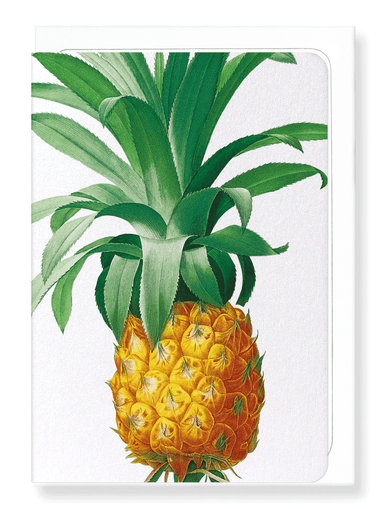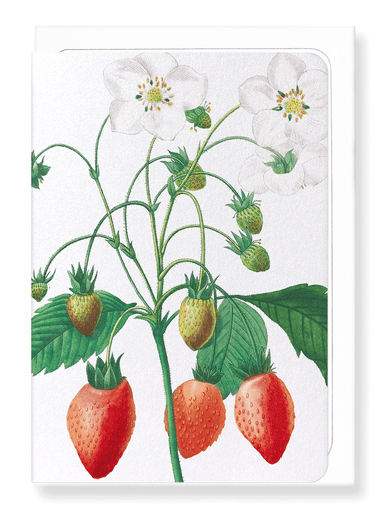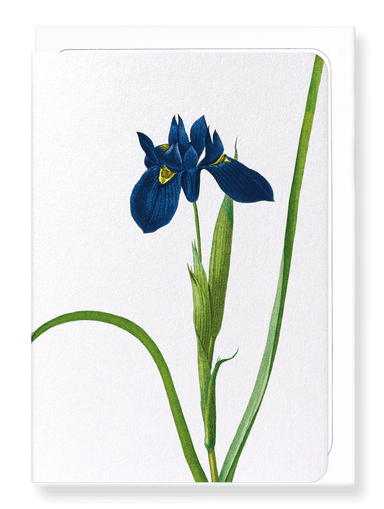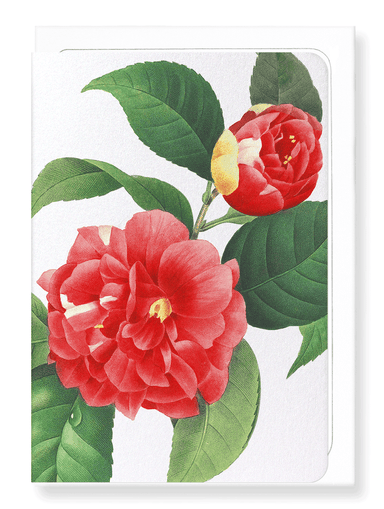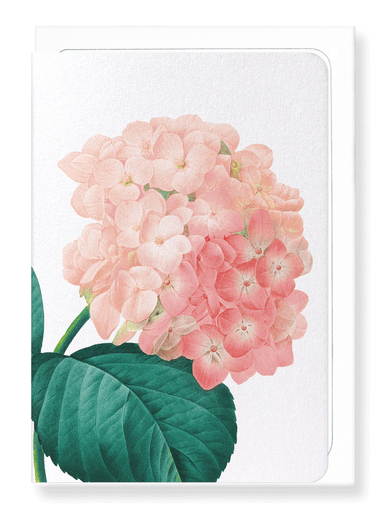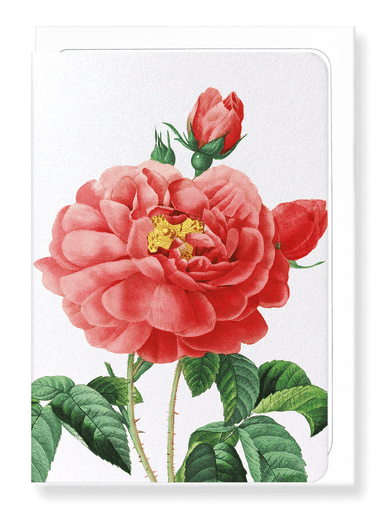Greeting card

PEACH NO.1: Botanical Greeting Card
Login to view pricing
Text on the reverse side: From being a symbol of truthfulness in Renaissance art, the fruit has also been a symbol of purity, virtue and good work...
View full details




